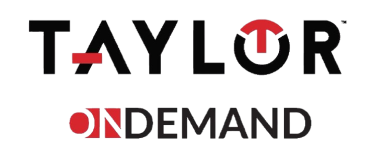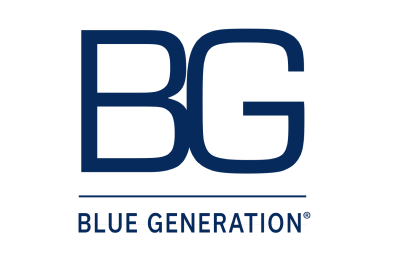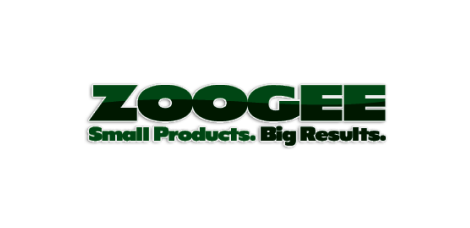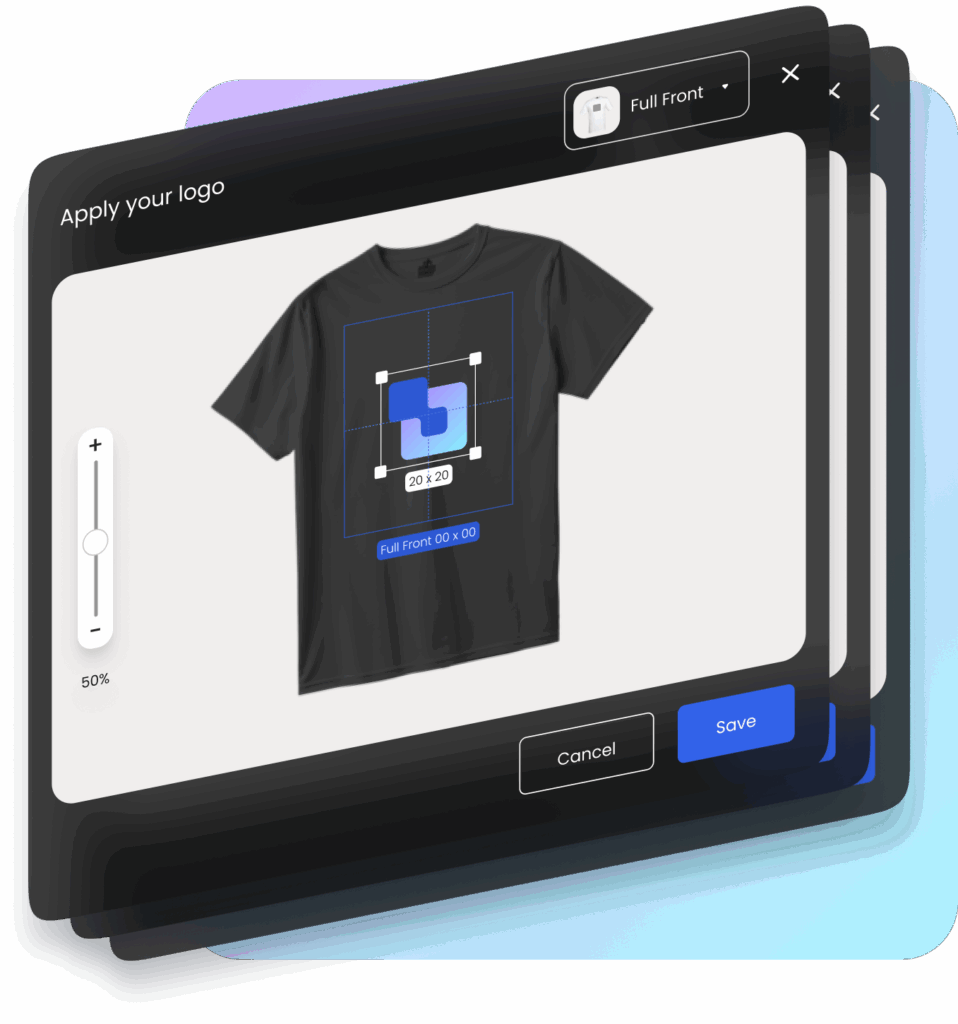Build Your Print on Demand Promo Store in Minutes for E-Commerce Growth
What makes us different
One platform for everything in promo:
e-commerce, direct ordering, and on-demand fulfillment,
for distributors and decorators.

Quick Store Setup
Browse products, create catalogs and setup stores in just minutes.

No Minimums
Order from 1 to an infinite number of products.

Unlimited Users
Add as many team members as you need, at no extra cost.

Share Presentations
Share with customers, and convert their selections into orders or online stores.

Access Top Suppliers
Tap into an expanding catalog of bestselling products.

January 13-15
Join Brikl at PPAI Expo in Las Vegas!
BOOTH #3508
Discover our platform and get inspired by on-demand delivery. Visit our booth from January 13–15 and connect with us in person!

Proud Partner of


Trusted by

Our On-Demand Partners












Why Go On-Demand?
Risk-free, no inventory held
Set up and sell in minutes
No minimum order limits
Produced in days
Delivered in days

Get Started Today
Built for Promo and Team Wear. Powered for B2B.
Standard
$99
pm
Free full access until Oct 2026
What you get
- Unlimited stores
- Unlimited users
- Unlimited organizations
On-Demand Features
- On-demand online stores
- On-demand bulk orders
- On-demand auto-fulfillment
- Largest decorator network
Fees & Sales Taxes
- Brikl commission fee: 3.5% for on-demand (excl. taxes)
- Stripe processing fee: 2.9% (credit card payments only)
- Brikl pays all sales taxes as the Merchant of Record
*No Credit Card Required
Pro
Standard, Plus:
For higher volumes, we offer
- Fixed monthly pricing with zero commissions. Contact us to learn more.
- Custom store templates
- Custom shipping fees
- Manage your sales network with complete visibility
Enterprise
Pro, Plus:
Enterprise Features
- API & Webhooks
- Custom integrations
- Dedicated account manager
- Direct pricing and billing with your decorators and suppliers
Payment processing & tax filings
- Direct integration with your payment gateway to collect funds
- Direct integration with your tax software for sales tax filings

